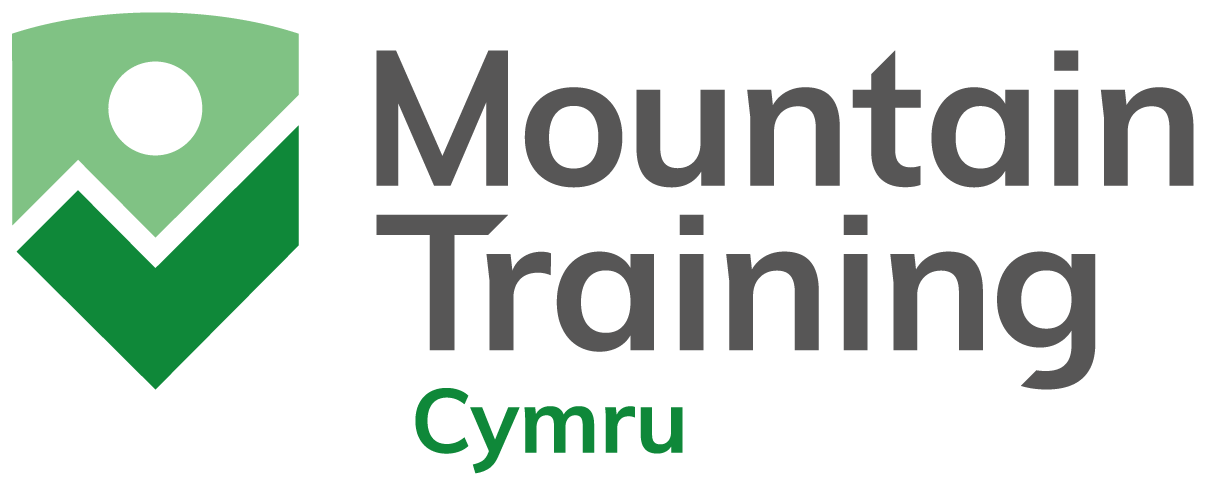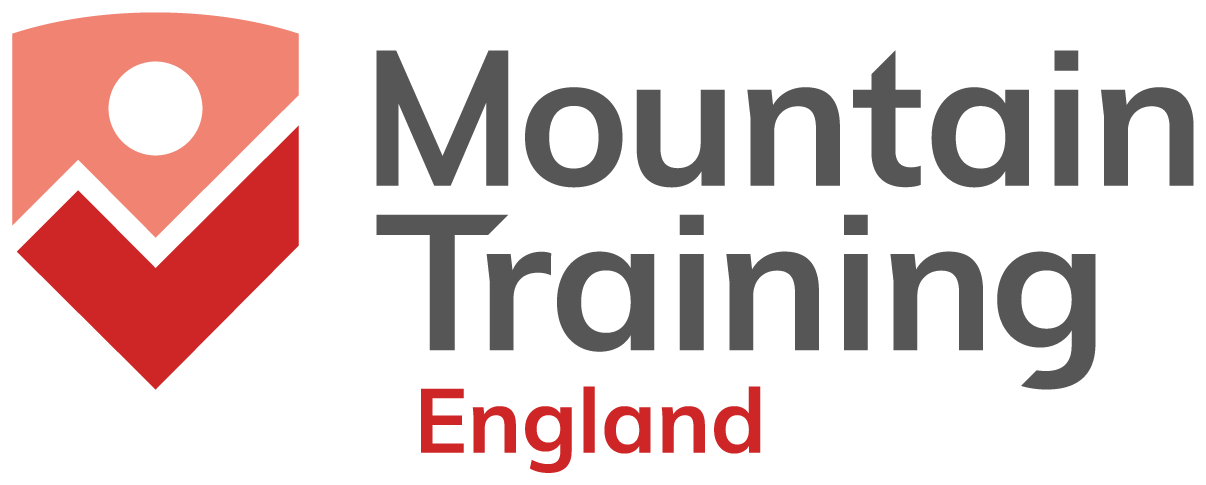In this section:
What activities can I record in DLOG?
How do I create an entry on DLOG?
How do I edit or delete a DLOG entry?
How do I add a GPX file to a DLOG record?
What activities can I record in DLOG?
There are currently 14 activities that you can log:
- Indoor Climbing
- Trad Climbing
- Sport Climbing
- Winter Climbing
- Outdoor Bouldering
- Alpine Climbing
- Scrambling
- Lowland Walking
- Walking
- Winter Walking
- International Trekking
- Skiing
- Via Ferrata
- Rock/Water Activities
These activities are directly relevant to the schemes we administer and in many cases are part of the prerequisite experience for registration, training or assessment. We have no plans to add other activities to DLOG.
How do I create an entry on DLOG?
Watch the video:
Top tips for adding climbing entries:
- Select the appropriate discipline to start to process – for example Trad, Sport, Outdoor Bouldering or Winter Climbing (if you create an entry in the wrong discipline it's not possible to change the discipline later).
- Use the search box to search for the route name, crag name or area.
- If you search for a crag with a common name (e.g. Raven Crag), a variety of options appear in a list on the left-hand side, each with a sample climb name, the crag name and a + button on the right. The options will usually have a qualification (e.g. Raven Crag (Langdale)). Be careful to select the correct one and click on the + sign to the right of any climb on the correct crag, even if the noted climb is not the one you want, as this can be amended during the next stage.
- If searching for a popular crag is unsuccessful, it’s likely that it’s listed in a way you might not have expected. Thus searching for Rannoch Wall will be unsuccessful (unnecessary sub-divisions are avoided), but a search for Buachaille will work (even ‘buach’ will work).
- Spellings and hyphenated formats are particularly tricky in Scotland with all those Gaelic names. Those used in DLOG are as on OS maps and in the guidebooks, except that no accented letters are used (they just make things far too complicated). If it’s too daunting to search for a whole name, try using a part of it (e.g. searching for sneach will find Coire an t-Sneachda).
- The search function is not case sensitive.
- In case of doubt, avoid being too precise with the search term, just in case the name is not spelt exactly how you think. Thus ‘Raven’ will find ‘Raven Crag (Langdale)’ (amongst many others) but ‘Ravens’ or ‘Raven’s’ will not.
- If a climb name is relatively uncommon (e.g. Little Chamonix) just search for that and you’ll get straight there. Similarly for uncommon crag names. The trickiest things to find are actually climbs with common names, particularly if they are on crags with common names. That’s when you have be sure you’re selecting the correct Area.
See also: How do I import my UKC logbook?
How do I edit or delete a DLOG entry?
Watch the video:
- Within DLOG, click on the 'Records' tab.
- Use the filtering options to find the record you want to edit/delete.
- To delete a record (or multiple records) click on the small tick box at the end of the row, then scroll down and click 'Delete'.
- To edit a record, click on the i button at the end of the row, then click on the relevant pencil symbol to make any amends.
How do I add a GPX file to a DLOG record?
Watch the video:
If you are a member of the Mountain Training Association you will have access to Premium features on CMS:
- Select the activity you would like to add.
- In the 'Or create from GPX' box, click 'Browse' and find the GPX file on your device.
- Click 'Upload'.
- The database will use the information contained within the GPX file to fill in parts of the record.
- Add any additional information including comments.
- Click 'Save'.
If you are not a member of the Mountain Training Association you will need to create the record as per the instructions above and then:
- Use the 'GPS Data' box at the bottom of the page to upload your GPX file.
- Click 'Save'




